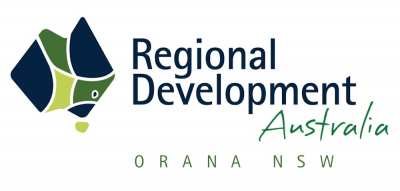Inland Rail to slash freight transport costs by $213 million a year
New modelling shows Inland Rail could cut freight transport costs by up to $213 million a year, resulting in huge savings for businesses and industries that use the line and further driving the growth of regional Australia.
CSIRO’s Inland Rail Supply Chain Mapping Project, released today, found that a shift from road to Inland Rail could significantly drive down the cost of transporting 22 million tonnes of freight annually.
The potential cost reductions cover more than 12,000 supply chains and 94 commodities, including coal, steel, grains, vehicles, horticulture and livestock.
Businesses relying on road-based supply chains will benefit most from the switch, profiting from the average transport saving of $80.77 per tonne ($179 million per annum). Savings will only increase as Australia’s freight task grows in the future.
Other projected savings for intermodal freight include an average:
- $90 per tonne (44 per cent) reduction along the entire route from Melbourne and Brisbane;
- $184 per tonne (47 per cent) reduction between Brisbane and Parkes, connecting to Perth;
- $48 per tonne (22 per cent) reduction from Brisbane and connecting to Adelaide; and
- $62 per tonne (31 per cent) reduction for regional intermodal freight to and from major metropolitan centres and ports.
The modelling projects a 40 per cent reduction in transport costs for freight travelling to Queensland, a 31 per cent drop for New South Wales, and a 37 per cent saving for Victoria.
With transport being a significant expense for Australian businesses and a deciding factor in market growth, the modelling shows the positive impact Inland Rail will have on our regional industries.
Deputy Prime Minister and Minister for Infrastructure, Transport and Regional Development Barnaby Joyce said that’s why the Government is driving the project forward.
“Inland Rail gives us the greatest opportunity for boosting economic development in regional areas, which is why we are delivering the project as quickly as possible,” the Deputy Prime Minister said.“Shifting freight from road to rail will drive down the cost of transporting goods and commodities to ports and better facilitate the sale of products, like coal, that underpin our standard of living.
Once fully operational, Inland Rail will take 200,000 trucks off the road each year, or 150 B-doubles for each train travelling between Melbourne and Brisbane.
Inland Rail is the largest transport infrastructure project in the Liberal and Nationals Government’s $110 billion infrastructure pipeline. At the peak of construction, it will support more than 21,500 jobs.
Once completed, it will connect every state to a standard gauge line for the first time in our history. Every Australian will benefit from the enhanced national freight capacity that Inland Rail will provide.
More information: Media Release
